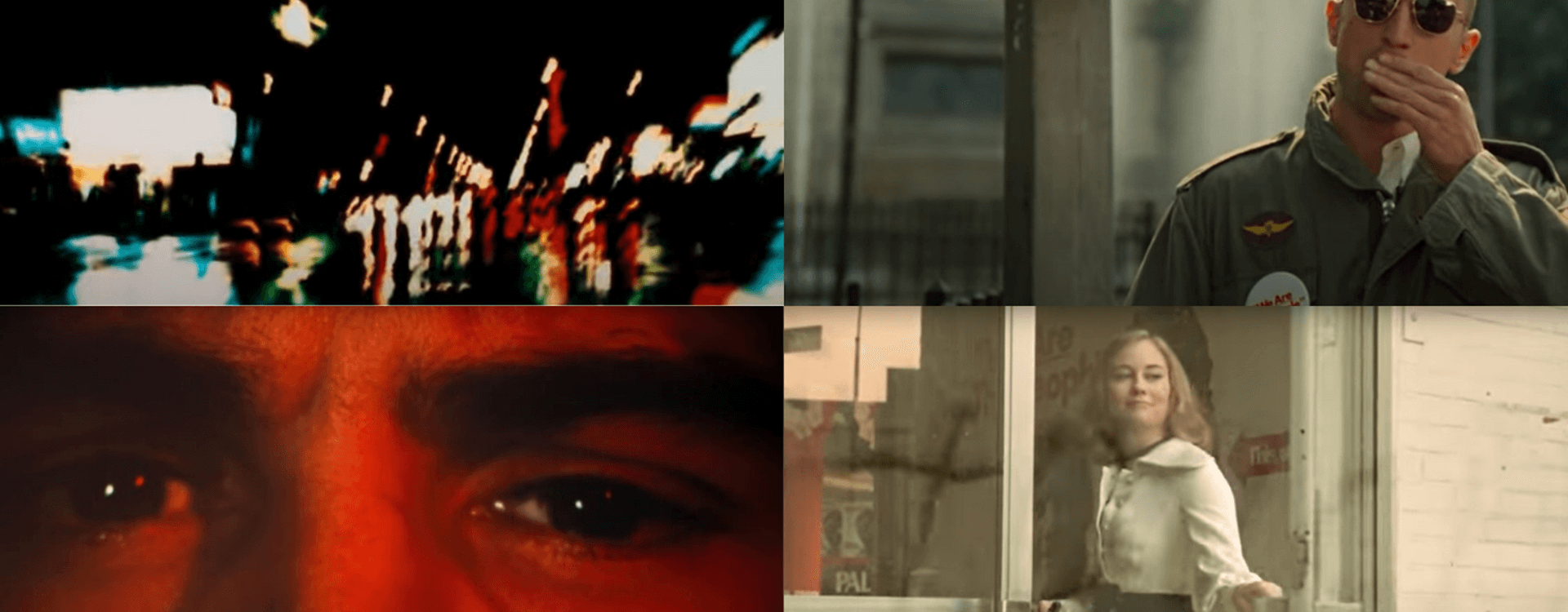Highlights
Table of Contents
Explore article topics
As Martin Scorsese’s ‘Taxi Driver’ turns 45, let’s look at the look and feel of what is widely considered one of the greatest American films of all time.
The story
The film depicts the downward spiral of Travis Bickle (Robert De Niro), a Vietnam vet who fails to find his place in society. We see Travis turning from an insomniac loser to an out-of-control vigilante who wants to clean the street of 1970s New York from the depravity and decadence he feels consuming it. He takes a job as a taxi driver who works mostly at night (because of his insomnia) and soon finds himself immersed and comfortable in the very places he vowed to destroy.
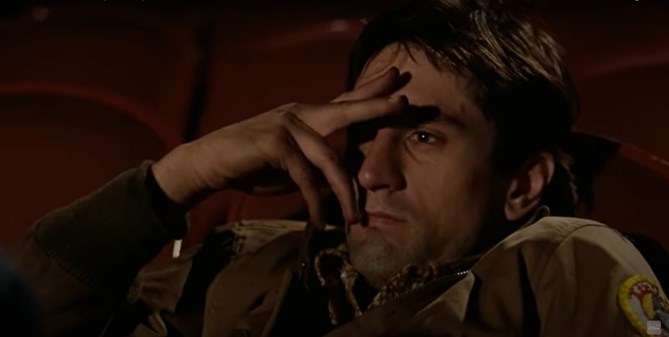
During the days, Travis develops a fixation with Betsy (Cybill Shepherd), a campaign volunteer for senator and presidential candidate Charles Palantine and Iris (Jodie Foster), an underage prostitute he meets on one of his sleazy night taxi drives. His obsession with saving both women ultimately leads Travis on a violent and self-destructive path.
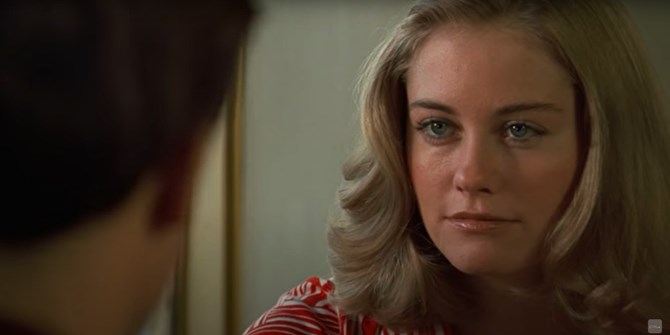
Get unlimited royalty-free 4K footage
When Realism Meets Neo-Noir
Featuring alienation, estrangement and loneliness as the main themes, most of the film’s look blends Realism and Neo-Noir, with a color palette that ranges between greens, browns and greys.
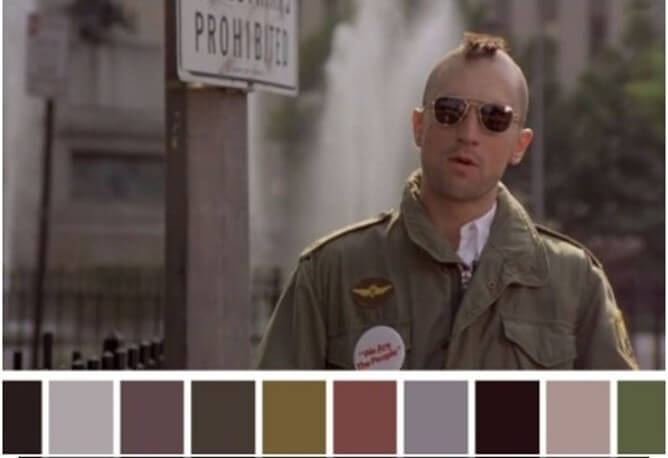
But Scorsese will often play with the color palette, look and mood of a scene to enrich the storyline and give his characters more depth.
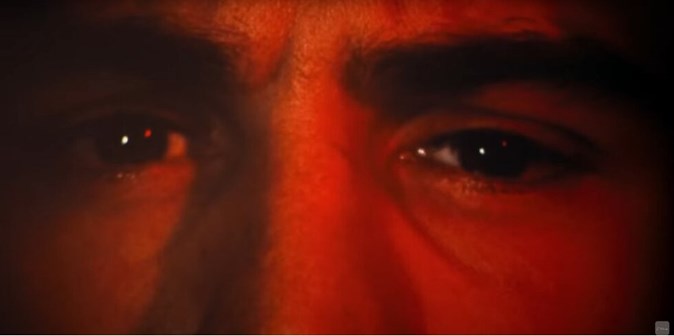
The beginning, which sets the unsettling mood you feel through the entire film, looks very much like a horror film. The credits’ font, the deeply-saturated red color on De Niro’s eyes and the shot of the taxi coming out of the smoke are horror iconographies.
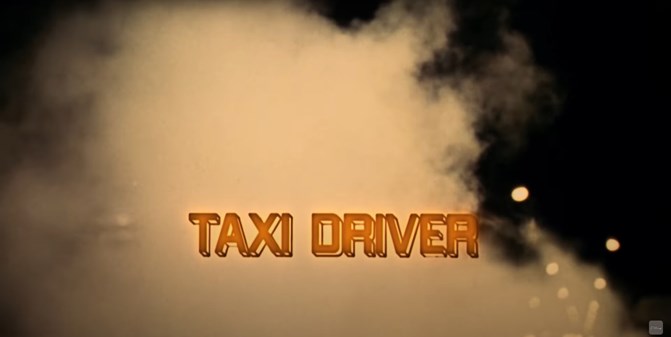
Scorsese delivers a lot of subtle information in just the opening sequence to get you to see the world through Travis’ eyes. The psychological element, which takes us on a journey into the mind of a social misfit, is just fantastic.
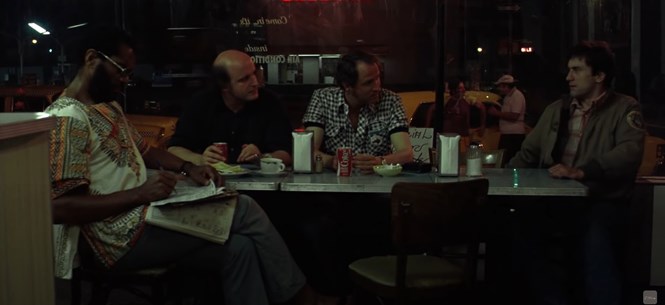
Using a technique called Chemtone, a chemical treatment that allows for greater density and lower contrast, Scorsese created the blurring outside world seen through the taxi’s windshield, inviting you to see the world through Bickle’s eyes – blurred and filled with darkness.
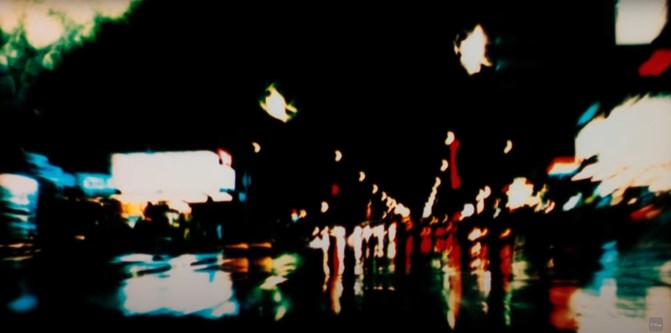
While riding his taxi in the opening scene, Bickle’s darkness meets the neon lights of urban sleaziness and decadence, hinting at one of the film’s main clashes.
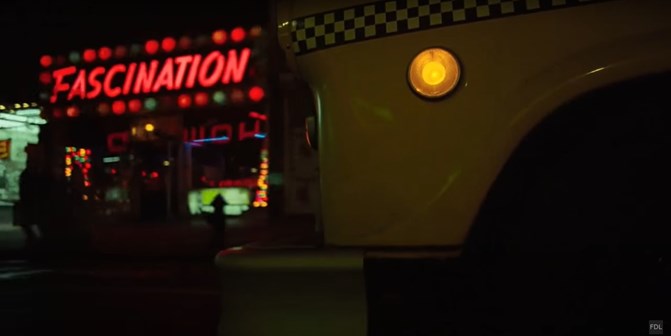
To add to the unsettling mood, Scorsese breaks into scenes of the outside world in different, vibrant colors. Looking less intimidating than seeing how Travis sees the world, you start to question whether his perception of reality is flawed or how flawed.
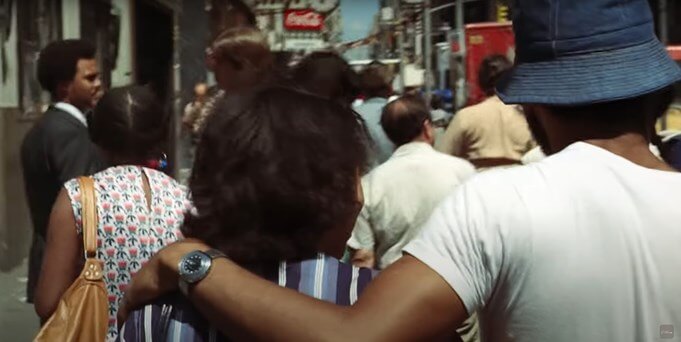
The final shootout scene looks very different from the rest of the film, and not in a good way. The colors were de-saturated to avoid getting an “X” rating. And while Scorsese succeeded in keeping his R-rating, society lost the best version of the climactic scene in one of the most important works of art of our lifetime… kind of a bummer if you ask me. Consider it a cautionary tale showing what happens when you don’t grade your films right.
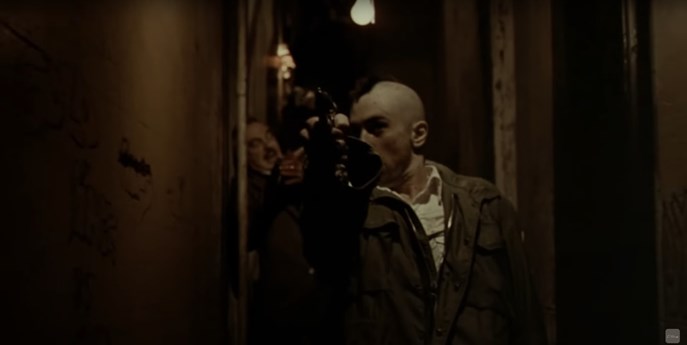
Hope you found these aesthetic observations about one of the most iconic films helpful.
Share this article
Did you find this article useful?
Related Posts
- By Daniela Bowker
- 7 MIN READ
- By Robert Hardy
- 3 MIN READ
- By Jonathan Mateer
- 6 MIN READ
Latest Posts
- 25 Apr
- By Josh Edwards
- 4 MIN READ
